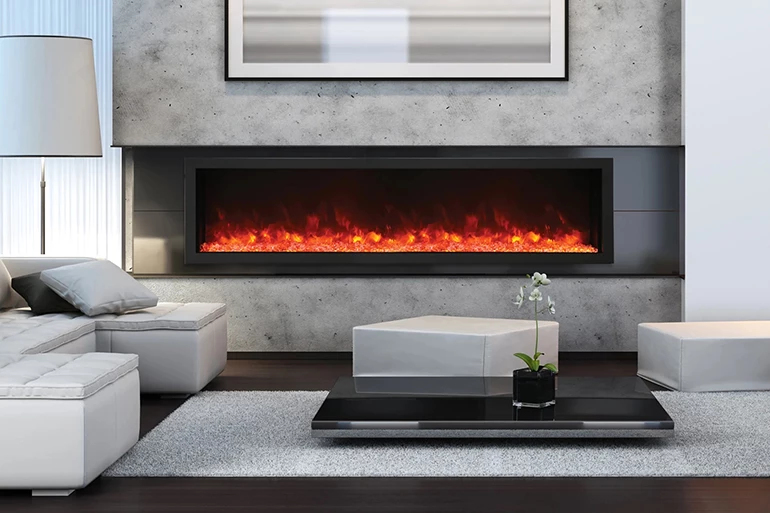Ventless Fireplaces Buyer's Guide
Looking to buy a ventless fireplace? Want to give your home or business a more contemporary feel but unsure of which one you should choose? You may have noticed your investment property doesn't have a good way to install a chimney or vent pipes. Whatever your situation, a vent free fireplace can enhance the appeal of any home. No need to worry about the hassle of extensive renovations and venting logistics.
But, what's the first thing that comes to mind when you think of a vent-free fireplace? Many people visualize an appliance leaking invisible, odorless toxins into their homes. You may have begun sifting through other misleading information populated on the web.
Don't allow fear to misguide you. Don't subscribe to confusing messages or images that distort reality. All fireplace manufacturers must adhere to the same codes and regulations. These restrictions ensure the safety of hearth appliances for your health. Why would vent-free fireplaces be any different?


